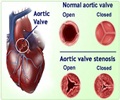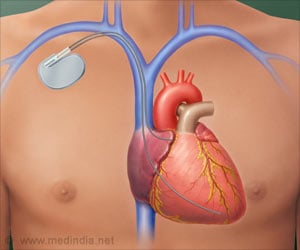Older patients with severe aortic valve stenosis who undergo aortic valve replacement procedures with expectation that their functional status improves, those with severe frailty, have functional decline.

‘Aortic stenosis is a disease that more often than not develops late in life. It occurs in 2% of people over 65 and affects more men than women. The condition causes the aorta -the main artery that carries blood to the rest of the body - to constrict reducing blood flow from the heart.’





The disease poses a serious health threat to older adults, impacting function and quality of life at best, and at worse, threatening survival. With recent advances in surgical techniques, more patients are undergoing transcatheter aortic valve replacement (TAVR) or surgical aortic valve replacement (SAVR) to treat aortic stenosis.Although outcomes have improved over time, older patients continue to experience high rates of functional decline, particularly if they are frail before surgery. Many older patients, given the option, would often choose quality of life over longevity when making choices about their care.
Earlier clinical trials and observational studies demonstrated improvement in functional status after TAVR and SAVR. However, these studies' results may not be applicable to all patients. The studies also assessed functional limitations due to heart failure using disease-specific measures, rather than measures that looked at, for example, how patients were doing with activities of daily living, capturing a broader picture of how patients were fairing after surgery. As this study shows, the functional status of a patient before surgery impacts post-operative outcomes, including rates of recovery and long-range functional status. After heart valve replacement, five paths were identified that describe how much patients recover. After minimally invasive transcatheter replacement, many patients did not have improvement in functional status. In particular, patients who were very frail before their procedures tended to have the worst outcomes. Patients who are stronger generally get open heart surgery, and after surgical valve replacement, patients generally did better. Discussion of expected recovery can help to inform patient centered decision making.
According to Dr. Kim, "Although older patients with severe aortic valve stenosis undergo these procedures with expectation that their functional status improves, those with severe frailty, have functional decline. We emphasize the various processes of "how" they get to where they are at 12 months, and identified preoperative frailty, postoperative complications and delirium as strong predictors of functional decline, which can be potential targets for intervention."
Source-Eurekalert










